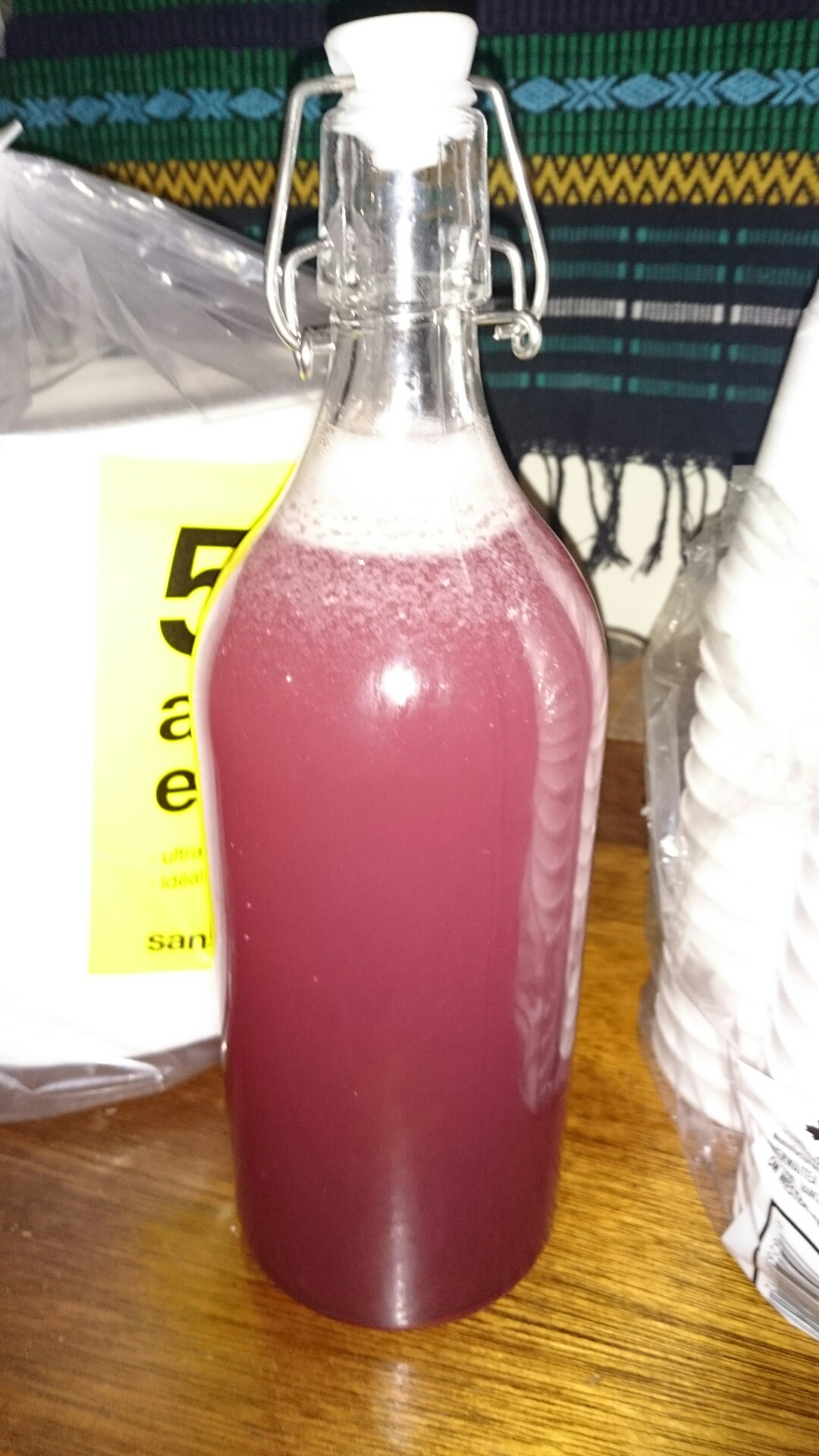Sugar Paste
42. 43.

I’ve been putting this sugar paste post together for about three months now and have done four attempts, two successes, one mostly successful and one abject failure. I entered a version of this for commentary at the Unfinished Projects at Bitter End’s Harvest Feast, and I’ll be using that feedback to make my next attempt. I also brought the most successful version, with a functioning plate made out of sugar paste, to Culinary Night. My apologies for how long this one is but I wanted to be thorough and I plan to enter this in competition in the future.
- Rolled out paste
- Draping the form
- cookie cutters work great for making quick ones, plus great shapes
- the spread
- closeup of the clove ones
- The final presentation
- And then we ate the plate
There’s quite a history of sugar paste (modernly called gum paste), with recipes in English going back to at least 1558 when Alessio’s Secreti (1555) was translated into English. Recipes originating in English start appearing in 1567. Most of the recipes for sugar paste come out after the 1590s.




















You must be logged in to post a comment.